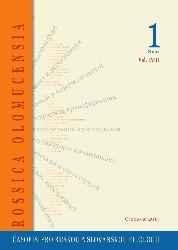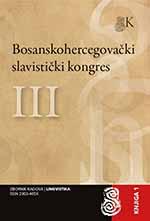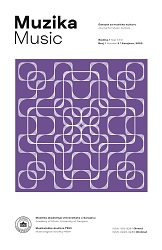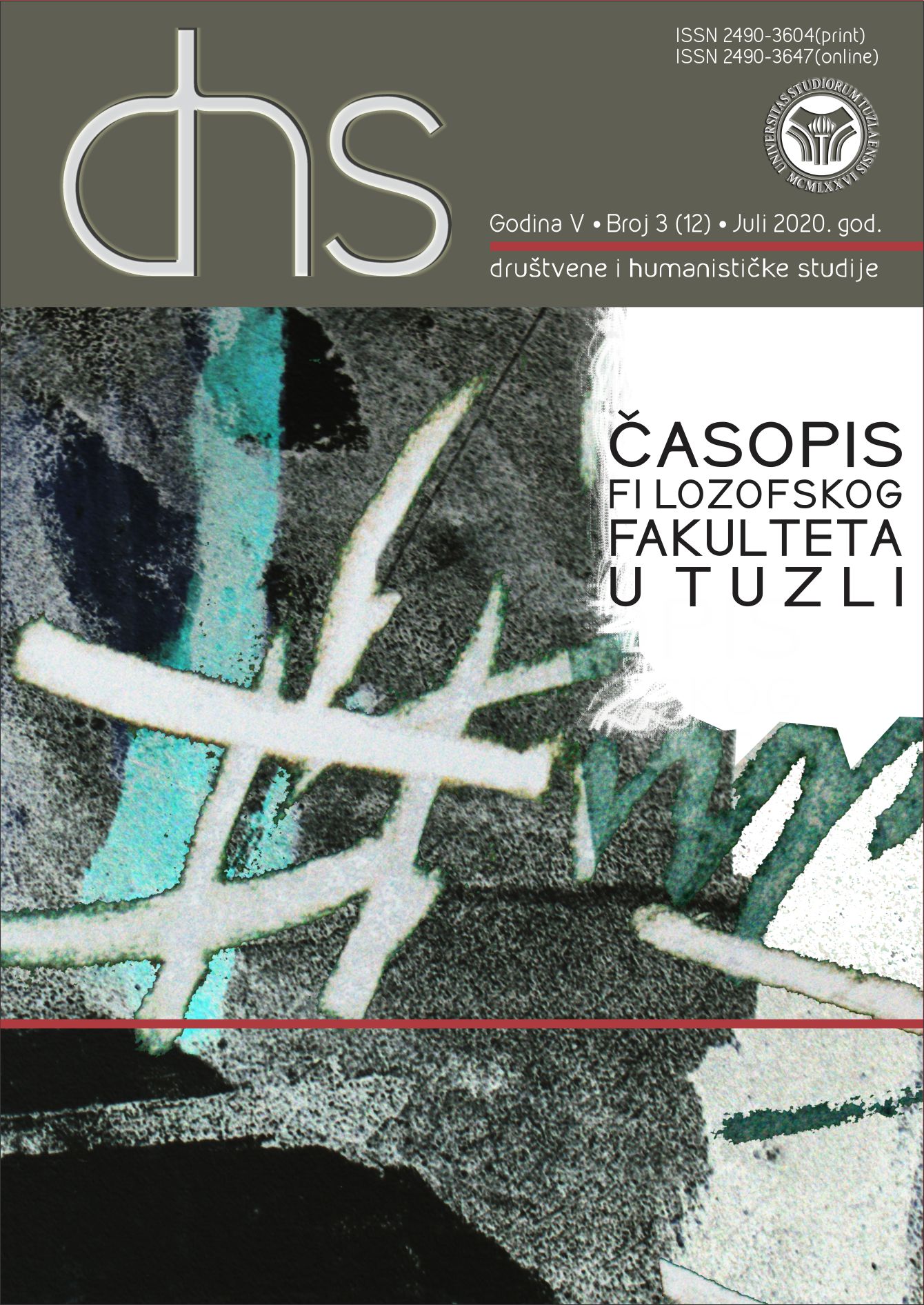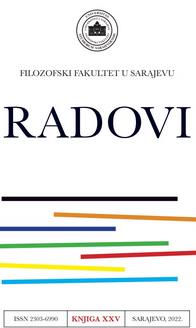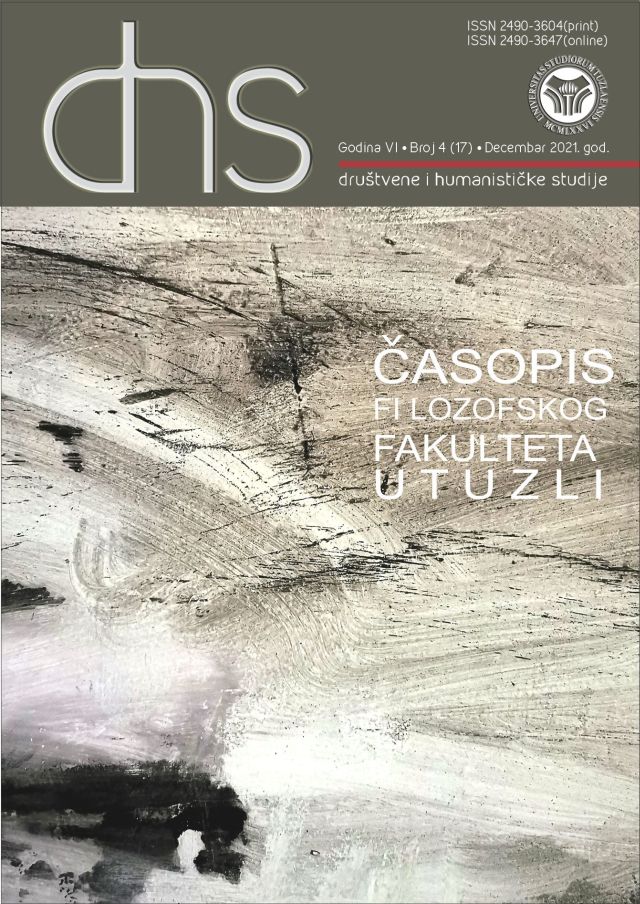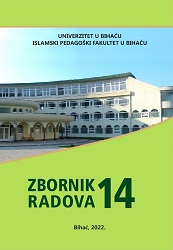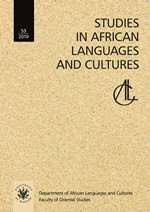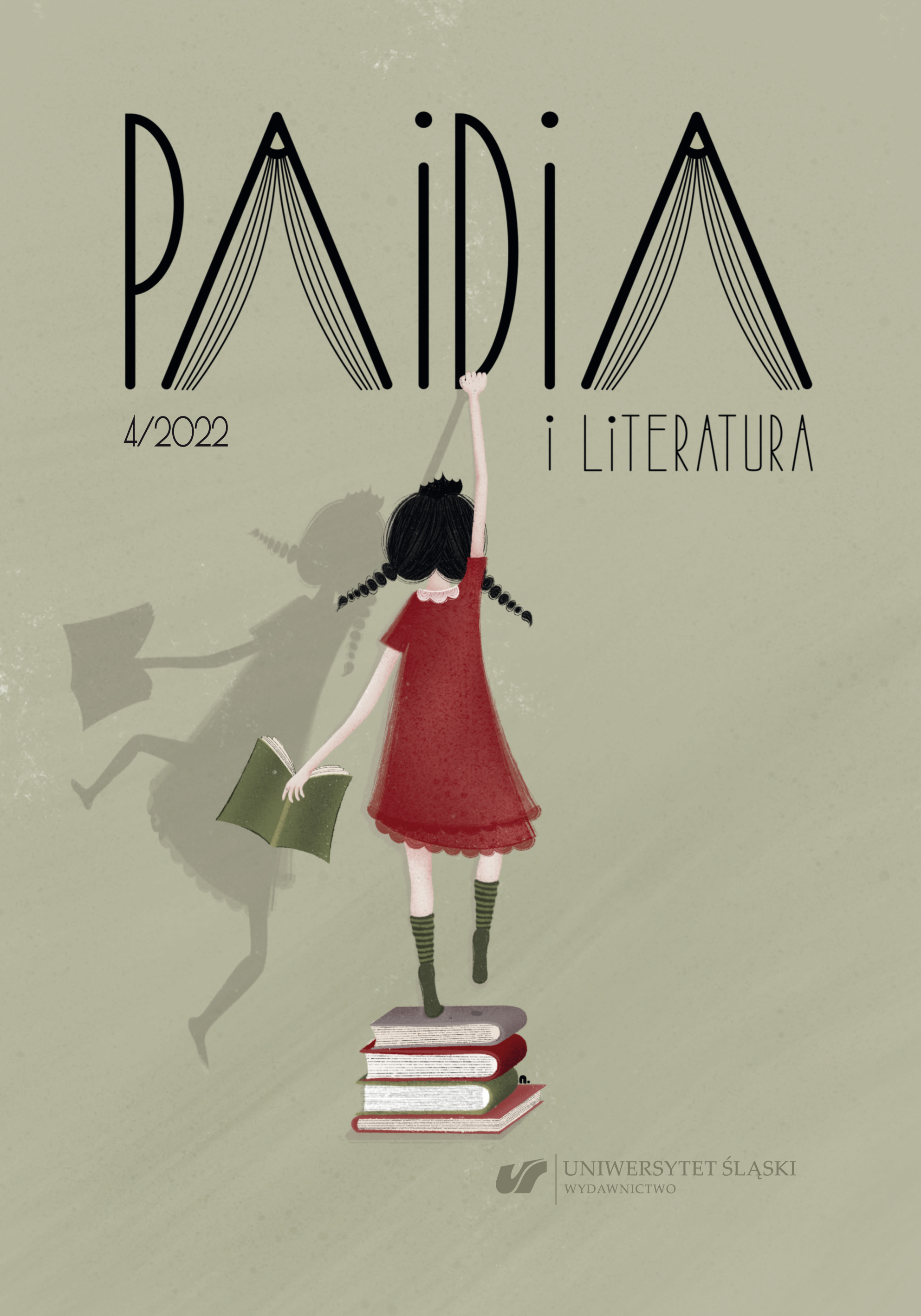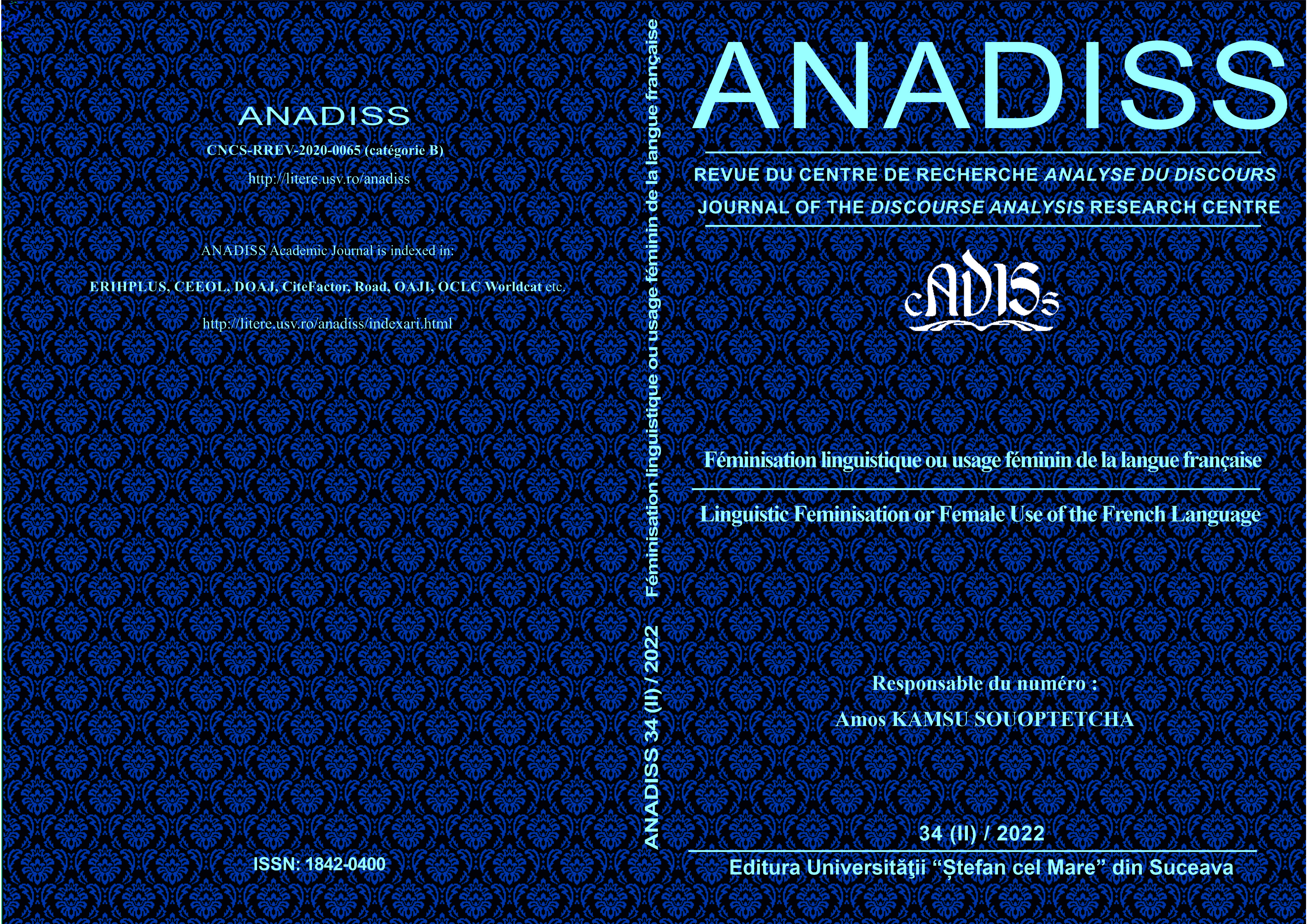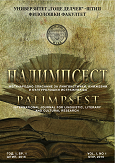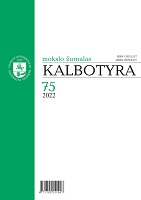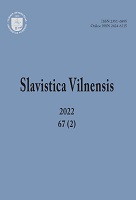Author(s): Emel Mehurić / Language(s): Bosnian
Issue: 1/2019
In the past, the role of rhetorical figures was mainly appreciated in literature. Nowadays, the figurative use of language has increasingly been occurring in prevailingly persuasive types of discourse, such as political, advertising and publicist discourses. The paper considers the implications of using figurative, transparent discourse in advertising language, presenting some of the findings of a comprehensive research of the extensive English linguistic corpus in 2009, and also looking at some examples taken from a small-scale Croatian corpus studied within the same research in 2014. Taking into consideration the mass use of rhetoric figures in the press, numerous American experts have dedicated substantial research exactly to comprehending the manner in which presence of specific rhetorical figures can play a decisive role in advertising message effectiveness. The paper highlights the findings resulting from the research of the English advertising language centering on the assumption that figurativeness and stylistic markedness of an advert can be one of the factors contributing to its liking and recall. Although the research centers around several figures of rhetoric (personification, metaphor, alliteration and pun), we are focusing here only on instances of metaphor, and theoretically trying to comprehend what aspects of metaphorical constructions add to the fact that metaphor is one of the most frequently used figures in advertising language, as well as one of the figures most easily recalled by the advert message recipients.Whereas in the Anglo-Saxon advertising industry advertisers have been progressively more aware of the benefits of using figurative, stylistically marked discourse in advertising and keen on taking advantage of that, on the other hand, there is a lack of literature researching figures of rhetoric in advertising in the Western subgroup of South Eastern languages. In view of the above, this paper also aims at drawing attention to the significance of using non-transparent, i.e. stylistically marked discourse, specifically rhetorical figures, in the advertising language of the Bosnian/Croatian/Serbian speaking area, as well as the need to research this aspect of the advertising language further and in a more systematic manner, bearing in mind the infinite rhetoric possibilities opened up by using figurative linguistic constructions in the advertising discourse.
More...
